Because running is not all that I do any more, I thought I’d share my latest project: pillow cases!
My toddler is almost old enough to use a pillow, and I wanted to make his very first pillow case because I’m corny like that and I’m sure he’ll treasure it always.
If you want to make your own, all you’ll need is a basic sewing machine, enough fabric to cover your pillow, and a few typical sewing tools. (And junior-high home-ec sewing skills like mine.)
First, wash and iron your fabric and lay it out on a large work surface:
You’ll cut three pieces out of the fabric: one piece to cover the front of the pillow, and two smaller pieces that overlap and form the back side. Cut the first piece about 1” larger on all sides than your actual pillow dimensions. I made a template out of newspaper and cut around it:
Then cut the two back pieces. Since they are the same size you can fold the fabric over and cut both layers at once so they’re exactly the same:
These should be the same height as your front piece, and about 5 inches wider than half of your pillow. My pillow is 14” square, so my front piece was 16” x 16” and my back pieces were 16” x 12”.
Now you can lay out the pieces and see how the two back pieces overlap quite a bit:
The front piece is underneath them:
Now take one of your back pieces and find the middle edge – the one that will be at the middle of the pillow. Fold up 1/4” and iron it flat:
You can see that my fold isn’t a straight 1/4” line all the way across:
I knew that my edges weren’t perfectly straight (because I can’t cut straight lines to save my life) so I decided that making the pattern line up visually was more important than keeping an even seam.
Next, fold the same edge up again, 1” this time. Iron flat:
Done!
Repeat with the other back piece.
Sew a straight line down the fold. Your stitches should be right in the middle of the 1/4” folded section. You can feel where the doubled fabric is, and keep your stitches about 1/8” from the edge to hit the middle of that:
Repeat with the other back piece, lay them out on top of the front (wrong sides together) and pin around the edges:
Flip the whole thing over to make sure your edges line up on the other side as well. Mine did NOT:
So I just trimmed the excess:
Perfecto!:
Flip the whole thing over again and sew along all four edges, about 1/4” in:
When you get to the place where the back pieces overlap, just make sure they tuck flatly under the presser foot and don’t get bunched up while you stitch:
Once you’ve sewn around the entire piece, trim the corners. This is what they look like before:
And after you cut off a bit of fabric, making sure not to get close to the stitch line:
You just want to remove some extra material so that the corners stay nice and tight when you turn the pillow case inside out. Do that now and push something narrow into the corners to get them all the way out. I used my closed scissors:
Lay it out flat and pin around the edges again. Then sew around the perimeter again, this time just inside the seam allowance from last time. (Last time you stayed about 1/4” from the edge, so this time stay a bit further, about 3/8”.) Feel with your fingers as you guide the fabric and stay far enough from the edge that you only ever have two layers. The very edge of the pillow case is now four layers but you want to sew inside of that:
It should look like this:
Flip it right side out:
And put your pillow inside:
Here’s the finished back side:
Here you can see how much the flaps overlap:
Ta da!
Filed under: Uncategorized |



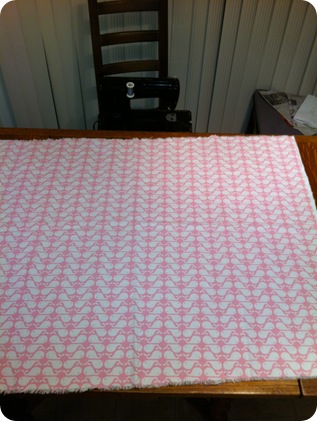

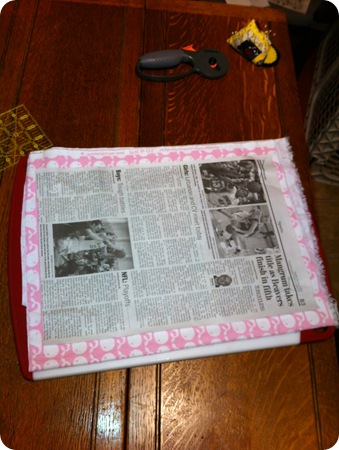







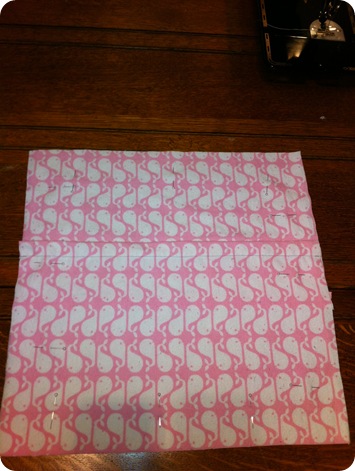

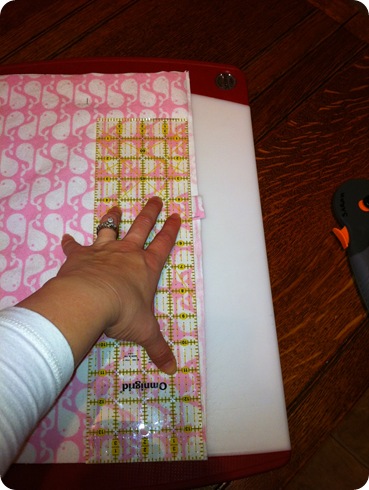





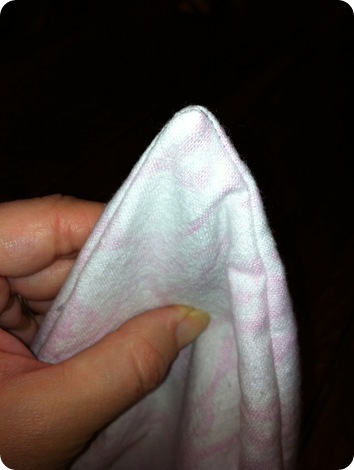
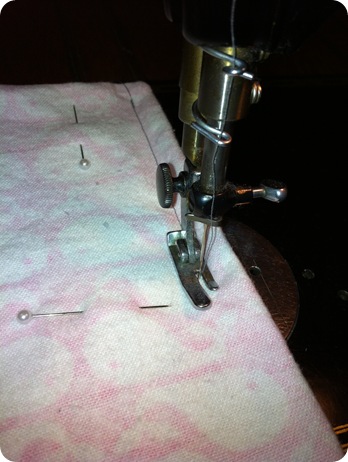
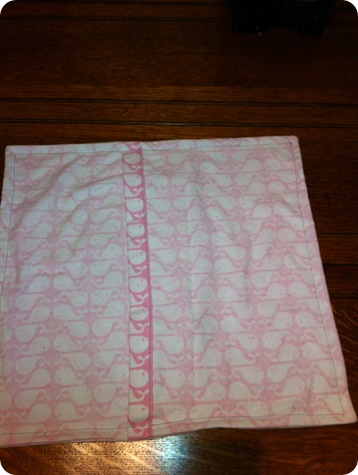



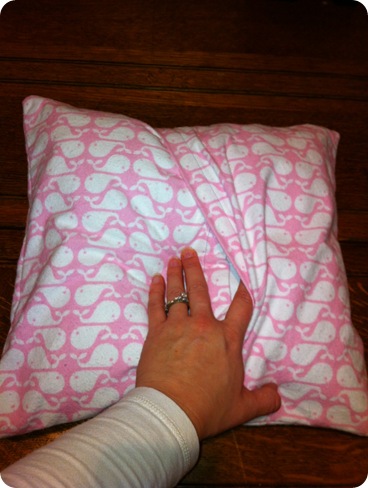

Very nice French seams!
Oh yeah, I meant to give you credit for telling me what to do. *CREDIT*
thank you so much! that was super easy and your instructions were perfect!!
Thanks for taking the time to post this for folks like me.